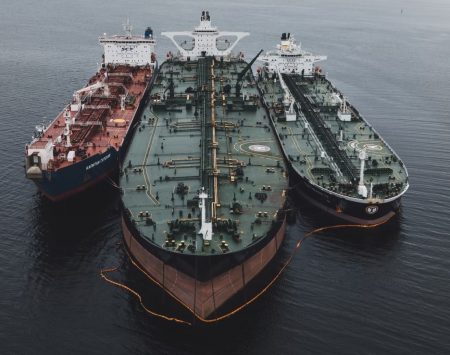The US and the G7 have announced two additional price caps on refined Russian petroleum products, following the implementation of a price cap on Russian crude oil sales last year.
The new caps will feature two different price levels for two classes of petroleum products.
The first cap will be applied to “premium to crude” petroleum products, which will include diesel, kerosene, and gasoline, and it will be set at $100 per barrel.
The second price cap will be applied to “discount to crude,” such as fuel oil, and it will be set at $45 per barrel.
The new price caps will take effect Sunday, February 5th.
In a statement, Treasury Secretary Janet Yellen said, “The caps we have just set will now serve a critical role in our global coalition’s work to degrade Russia’s ability to prosecute its illegal war. Combined with our historic sanctions, we are forcing Putin to choose between funding his brutal war or propping up his struggling economy.”
Yellen argued the US has seen positive effects from the price cap initiatives, claiming senior Russian leaders have admitted the price cap on crude oil sales has cut into Russian oil revenues, and hurt Russia’s economic prospects.
She added, “Global energy markets have also remained well-supplied, and public reports indicate that crude oil importers are using the price cap to drive steep bargains on Russian oil imports,”
There will be a review of the price cap regime in March, by the price cap coalition, which includes the US, the G7, and Australia, which will look to assess its effectiveness. The review will examine a technical analysis of its effectiveness as well as an examination of the outlook for the global economy.
On Friday crude oil prices fell, with WTI falling more than 3.5% to $73.19 per barrel. It was the latest move in a volatile year, as optimism over the reopening of China has waxed and waned, meeting varied demand and swelling stockpiles, to drive prices back and forth.

